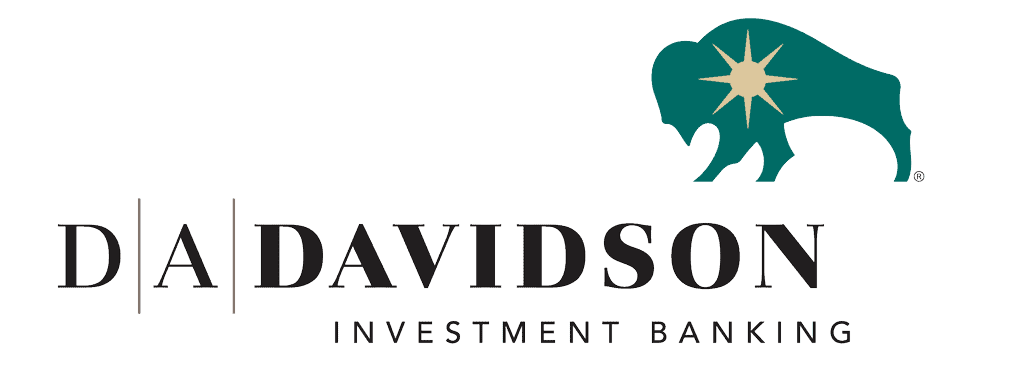
Buyer Landscape Continues Shifting for Community Banks
Brought to you by D.A. Davidson

The completion of Prosperity Bancshares’ $2.1 billion acquisition of LegacyTexas Financial Group last November serves as a microcosm of the changing buyer landscape in bank M&A.
This transaction combined two publicly-traded banks that have completed 10 acquisitions since mid-2011 into one large regional with over $30 billion in assets. Before this transaction, community bank sellers in the region had two active, publicly-traded buyers. Now, they have one buyer that is likely more interested in larger acquisitions.
The landscape of bank M&A has evolved over the years but is rapidly changing for prospective sellers. Large publicly traded banks were some of the most active acquirers from the mid-1990s to the start of the Great Recession in late 2007. That buying activity has since slowed or stopped. The continued consolidation of former buyers like LegacyTexas reduces the overall buyer list and increases the size threshold for Prosperity’s next deal.
From 1999 to 2006, banks listed on the Nasdaq or New York Stock Exchange were buyers in roughly 48% of all transactions. That declined to 39% of transactions between 2012 and 2019. Deals done by banks with stock that trades over-the-counter increased, from only 4% between 1999 to 2006 to over 8% from 2012 to 2019.
Part of this stems from the declining number of Nasdaq and NYSE-traded banks, which has fallen from approximately 850 at the end of 1999 to roughly 400 today. The median asset size has grown from $500 million to more than $3 billion over that same period of time. By comparison, the number of OTC-traded banks was relatively flat: approximately 530 banks at the end of 1999, compared to roughly 490 banks today.
This means that small community banks are facing a much different M&A landscape today than they were a decade or two ago. Many of the acquisitive, publicly traded banks that were active after the Great Recession are now above the all-important $10 billion in assets threshold and are shifting their focus to pursuing larger acquisitions, most likely of other publicly traded targets. On the bright side, there are also other banks emerging as active buyers for community banks.
Privately traded banks. Privately traded banks have historically represented a large portion of the bank buyer landscape. We believe their role will only continue to grow. Some from this group have moved from all-cash deals to issuing stock as part or all of the total consideration. In the past, it may have been challenging for private acquirers to compete head-to-head with publicly traded banks that could issue stock at a premium in an acquisition. Today, these banks are more often competing with each other for community bank acquisitions.
OTC-traded banks. OTC-traded banks are also stepping in as an acquirer-of-choice for sellers that see acquisitions as a reinvestment opportunity. While OTC-traded banks are at a relative disadvantage against higher-valued Nasdaq and NYSE-traded acquirers when it comes to valuation and liquidity, prospective sellers see a compelling strategic opportunity to partner with a company that has some trading volume and potential future upside.
The introduction of the OTCQX marketplace has improved the overall perception of the OTC markets and trading volumes for listed banks. This has helped OTC-traded banks compete with Nasdaq and NYSE-traded acquirers and offers an edge against all-cash buyers. Some of these OTC-traded banks may eventually choose to go public, presenting an attractive opportunity to reinvest ahead of an IPO.
The bank buyer landscape has changed significantly over the past few years, and we believe it will continue evolving in the future. Continued consolidation in the industry will not change, but the groups leading that consolidation will.
It remains important as ever to consider the buyer landscape when evaluating strategic alternatives for your bank to enhance and protect shareholder value.
Information contained herein is from sources we consider reliable, but is not guaranteed, and we are not soliciting any action based upon it. Any opinions expressed are those of the author, based on interpretations of data available at the time of original publication of this article. These opinions are subject to change at any time without notice.


